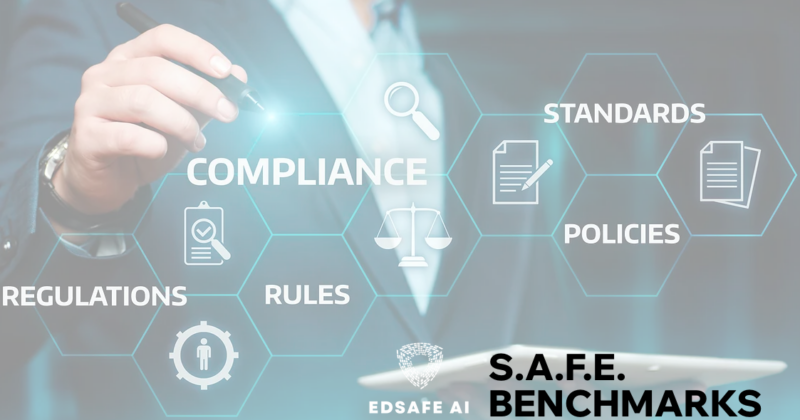Key points:
- Smart policy decisions are needed to support bilingual education
- 5 practical ways to support English learners in the classroom
- 3 things to consider when designing digital learning experiences
- For more news on learning with edtech, visit eSN’s Digital Learning hub
Millions of students within the United States public school system are non-native English speakers. As this figure continues to grow year over year, true bilingual education is becoming more vital to equitably support student success.
How do we ensure students achieve proficiency with the English language while receiving a rich and comprehensive education? One that affirms and celebrates their identities and helps them learn about and understand others?…Read More



